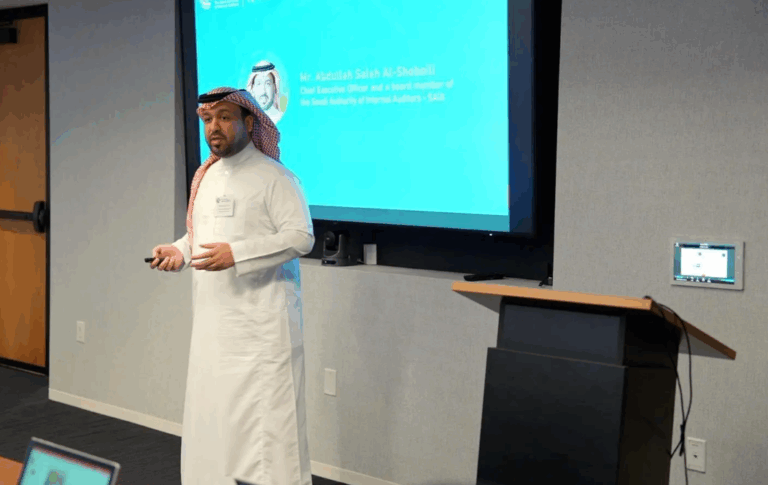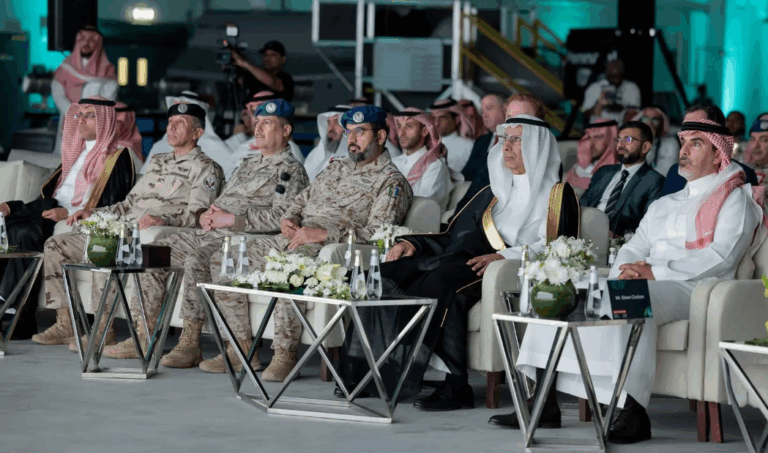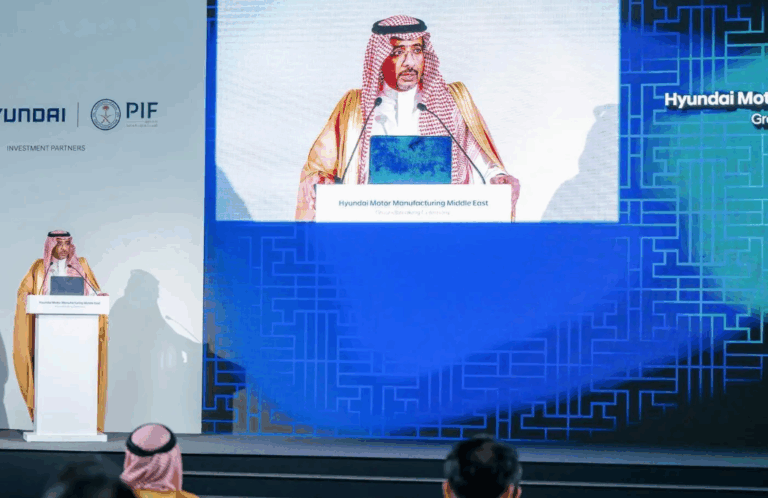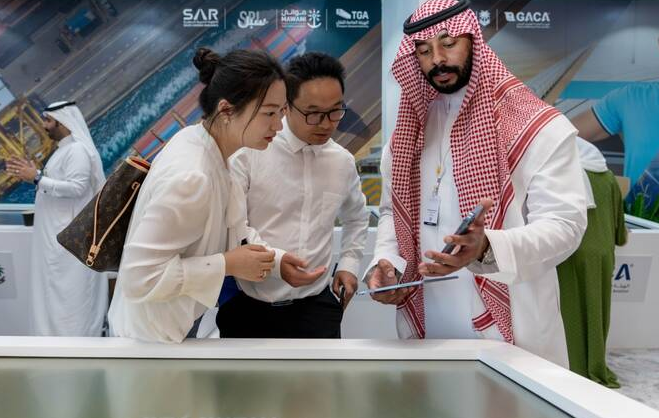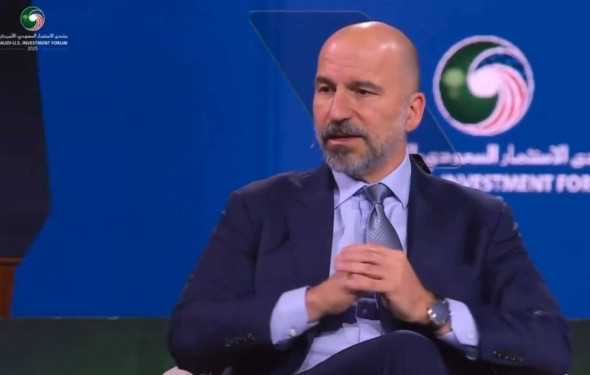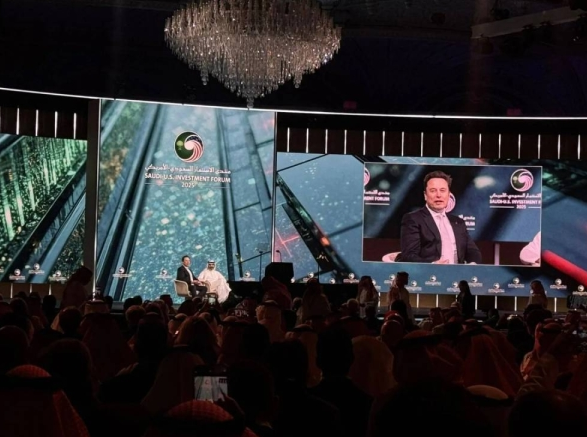**Headline:** *Sulaiman Al Homran Explores Zero-Gravity Urbanism*
**Intro:**
Sulaiman Al Homran, Lead Architect at Omrania, showcased innovative urban design strategies at the NEOM Young Architects Residency in Venice (July 7–13). Collaborating with Saudi peers and global mentors, he explored Zero Gravity Urbanism—a concept reimagining cities through futuristic, sustainable frameworks. The intensive program blended 3D modeling, interdisciplinary dialogue, and visionary planning, reinforcing Omrania’s dedication to cutting-edge design and talent development.
**Factbox (50 words):**
– **Program:** NEOM Young Architects Residency, Venice.
– **Focus:** Zero Gravity Urbanism, 3D-printed prototypes, futuristic city design.
– **Participants:** 10 Saudi architects/artists; mentorship from industry leaders.
– **Outcome:** Sulaiman’s contributions highlighted Omrania’s commitment to sustainable innovation.
– **Organizers:** NEOM Urban Planning + Saudi Architecture & Design Commission.
**Sulaiman Al Homran Explores the Future of Urbanism at Prestigious NEOM Young Architects Residency in Venice**
Omrania proudly celebrates the participation of Sulaiman Al Homran, Lead Architect, in the groundbreaking **NEOM Young Architects Residency Program**, held in Venice from **July 7th to 13th**. This collaborative initiative, organized by **NEOM Urban Planning** and Saudi Arabia’s **Ministry of Culture’s Architecture & Design Commission**, brought together ten emerging Saudi architects, urban designers, planners, and artists to reimagine the future of cities through the lens of **Zero Gravity Urbanism**—a visionary concept challenging traditional urban design constraints.
—
### **A Platform for Innovation: Inside the Residency Program**
The week-long intensive program aimed to foster cross-disciplinary collaboration and experimental design practices. Against the historic backdrop of Venice—a city synonymous with architectural legacy—participants engaged in dynamic studios mentored by industry leaders. These spaces became hubs for innovation, where 3D-printed models and digital tools merged with artistic expression to explore scalable, human-centric urban solutions.
Key elements of the program included:
– **Collaborative Studios**: Short, high-intensity projects guided by design instructors, encouraging rapid ideation and prototyping.
– **Zero Gravity Urbanism**: A framework pushing architects to rethink spatial hierarchies, mobility, and sustainability in urban ecosystems.
– **Cutting-Edge Technology**: Hands-on experimentation with 3D printing and digital modeling to test futuristic concepts.
– **Daily Critiques**: Structured feedback sessions to refine ideas and align them with real-world challenges.
—
### **Designing Tomorrow: The Futuristic City Challenge**
At the heart of the residency lay a bold challenge: envision a city of the future that balances innovation with livability. Participants tackled pressing global issues such as climate resilience, resource efficiency, and social equity, integrating NEOM’s vision of sustainable progress. Sulaiman’s work stood out for its **creative synthesis of cultural identity and advanced technology**, proposing adaptable urban systems that harmonize with their environment.
His final presentation emphasized modular infrastructure and green corridors, reflecting Omrania’s ethos of **human-centered, sustainable design**.
—
### **Omrania’s Vision: Nurturing Talent for a Sustainable Future**
Sulaiman’s achievement underscores Omrania’s commitment to empowering emerging professionals and driving innovation in architecture. As a firm deeply rooted in Saudi Arabia’s developmental journey, Omrania continues to champion **forward-thinking design practices** that address global urban challenges.
“We are immensely proud of Sulaiman’s contributions to this transformative program,” said a spokesperson for Omrania. “His work exemplifies our mission to bridge tradition and innovation, creating spaces that inspire and endure.”
—
### **Shaping Horizons: The Impact of Cross-Cultural Exchange**
The residency not only advanced technical skills but also strengthened ties between Saudi and international design communities. By uniting diverse perspectives, the program highlighted the role of collaboration in shaping cities that prioritize **connectivity, sustainability, and cultural vitality**.
As Sulaiman and his peers return with fresh insights, their ideas are poised to influence NEOM’s ambitious projects and beyond. Omrania looks forward to integrating these learnings into its portfolio, further cementing its leadership in **region-defining architecture**.
—
**About Omrania**
Omrania, a leading architecture and engineering firm in Saudi Arabia, has shaped the Kingdom’s urban landscape for over five decades. By merging local heritage with global expertise, the firm delivers innovative solutions that redefine livability, sustainability, and aesthetic excellence.
*Learn more about Omrania’s projects and vision at [www.omrania.com](https://www.omrania.com).*
—
*For media inquiries, contact [Omrania’s Communications Team].*
—
This structured article highlights Sulaiman’s role, the program’s innovative approach, and Omrania’s values while maintaining an engaging, professional tone suitable for WordPress. Key themes like sustainability, collaboration, and futuristic design are emphasized to resonate with both industry peers and a broader audience.
**15 FAQs about Sulaiman Al Homran’s Participation in the NEOM Young Architects Residency Program**
1. **What was the primary goal of the NEOM Young Architects Residency Program?**
The program aimed to push urban design boundaries by exploring Zero Gravity Urbanism, fostering collaboration among young Saudi architects, urban planners, and artists to reimagine futuristic cities while addressing real-world livability and sustainability challenges.
2. **Why was Venice selected as the host city for the residency?**
Venice’s rich architectural heritage and unique urban landscape provided an inspiring backdrop for experimental design, encouraging participants to contrast historical context with futuristic concepts like floating or gravity-defying structures.
3. **What is Zero Gravity Urbanism, and how was it applied during the program?**
Zero Gravity Urbanism challenges traditional design by reimagining cities with verticality, modularity, and lightweight structures. Participants used 3D-printed models and collaborative workshops to test these principles in hypothetical futuristic environments.
4. **How were participants like Sulaiman Al Homran selected for the program?**
Selection prioritized young Saudi professionals demonstrating innovative thinking in architecture, urban design, or art, with a focus on aligning their expertise with NEOM’s vision for sustainable, forward-thinking urban development.
5. **What role did 3D printing play in the residency’s design process?**
3D printing allowed rapid prototyping of complex models, enabling participants to visualize and refine concepts like multi-layered infrastructure and airborne mobility systems, accelerating iterative design during daily critique sessions.
6. **How did the collaboration between NEOM and Saudi Arabia’s Ministry of Culture benefit the program?**
The partnership merged NEOM’s futurism with the Ministry’s cultural preservation goals, fostering interdisciplinary dialogue and ensuring designs balanced innovation with cultural relevance for Saudi Arabia’s urban future.
7. **What were the key outcomes of Sulaiman Al Homran’s participation?**
Sulaiman contributed innovative urban design strategies, showcased Omrania’s commitment to sustainability, and strengthened ties between Saudi talent and global mentors, elevating his profile as a leader in futuristic architecture.
8. **How does this residency align with Saudi Arabia’s Vision 2030?**
By nurturing young talent and emphasizing sustainable urbanism, the program supports Vision 2030’s goals of economic diversification, cultural enrichment, and positioning Saudi Arabia as a hub for cutting-edge design.
9. **What distinguishes this residency from other architectural programs?**
Its focus on Zero Gravity Urbanism, intensive mentorship, and hands-on use of advanced tools like 3D printing set it apart, blending speculative design with practical problem-solving in a historic setting.
10. **How did daily review sessions shape the participants’ projects?**
Daily critiques with mentors allowed rapid iteration of ideas, ensuring concepts evolved with input from industry leaders and aligned with real-world feasibility and NEOM’s ambitious urban planning frameworks.
11. **What long-term impacts might this program have on Saudi architecture?**
It cultivates a generation of architects skilled in sustainable innovation, potentially influencing Saudi cities like NEOM and Riyadh to adopt modular, eco-friendly designs that prioritize adaptability and resource efficiency.
12. **How does Omrania support its architects in such international initiatives?**
Omrania fosters professional growth by encouraging participation in global programs, providing platforms for knowledge exchange, and integrating insights from such experiences into their projects to maintain industry leadership.
13. **Were there specific mentors or organizations involved in guiding the participants?**
While not named, mentors included experts from NEOM’s urban planning team and international architects, offering insights into scalable solutions and cutting-edge technologies for future cities.
14. **What challenges did participants face when designing a futuristic city?**
Balancing imaginative concepts like airborne transit with practical considerations (e.g., infrastructure resilience, energy efficiency) required rigorous testing and collaboration across disciplines to ensure viability.
15. **How might Sulaiman’s experience influence Omrania’s future projects?**
His exposure to Zero Gravity principles and global design trends could inspire Omrania to incorporate modular, high-density solutions and sustainable materials into upcoming developments, aligning with Saudi Arabia’s urban transformation goals.
**CTA (Call to Action):**
¿Listo para explorar el futuro de la arquitectura y el urbanismo sostenible? Descubre cómo Omrania está transformando el panorama del diseño innovador [enlace a proyectos] y sigue nuestras actualizaciones para más inspiración. ¡Únete a la conversación sobre las ciudades del mañana!
**Conclusión:**
La participación de Sulaiman Al Homran en el programa NEOM Young Architects Residency no solo refleja su talento excepcional, sino también el compromiso de Omrania con la innovación y la sostenibilidad en el diseño urbano. Este hito subraya la importancia de colaborar, experimentar y desafiar los límites convencionales para construir ciudades más habitables y visionarias. Al integrar conceptos como el *Zero Gravity Urbanism*, iniciativas como esta allanan el camino hacia un futuro donde la creatividad y la funcionalidad convergen para mejorar la vida urbana.
**Agradecimiento:**
Desde Omrania, extendemos nuestro agradecimiento a NEOM Urban Planning, la Comisión de Arquitectura y Diseño del Ministerio de Cultura de Arabia Saudita, y a todos los mentores y participantes del programa. Su apoyo y colaboración son fundamentales para impulsar a la próxima generación de arquitectos y diseñadores hacia un mañana más sostenible e inspirador. ¡Sigamos construyendo futuro juntos!
—
*¿Te inspiró esta historia?* [**Síguenos**] para más actualizaciones sobre nuestros proyectos y únete a la misión de transformar el mundo a través del diseño.* 🏙️✨



